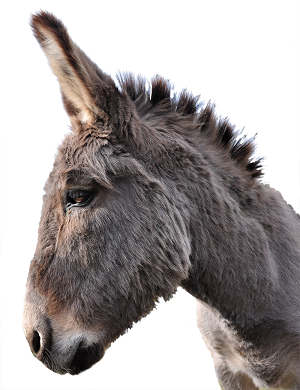We featured an article in June 2019 regarding factors that can interfere with ACTH testing for diagnosis of Pars Pituitary Intermedia Dysfunction (PPID) in horses.
Since both non-PPID and PPID horses display higher ACTH concentrations in autumn (March, April, May) compared with other times of the year, now is a timely reminder of these interfering factors.

>> Falsely increased ACTH concentrations can occur as a result of recent transportation, heavy exercise, sedation/anaesthesia, pain, and illness.
“Only test unsedated horses that are otherwise well and have not been recently exercised or transported.”
>> The magnitude of the seasonal increase in ACTH may vary in different breeds. Higher ACTH concentrations have been reported in pony breeds in autumn.
“Test results from ponies during the autumn should be interpreted cautiously with careful consideration of the clinical picture and signalment.”
>> Reference intervals for donkeys need to be used with caution.
Read the full article from 2019 here, and brush up on sample collection requirements in our Vet Handbook here.
